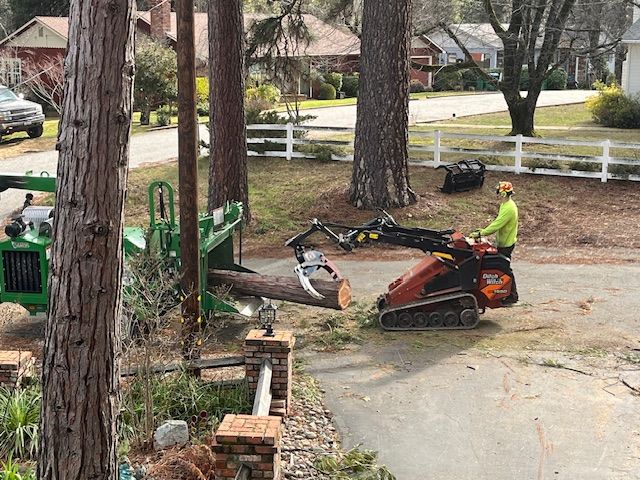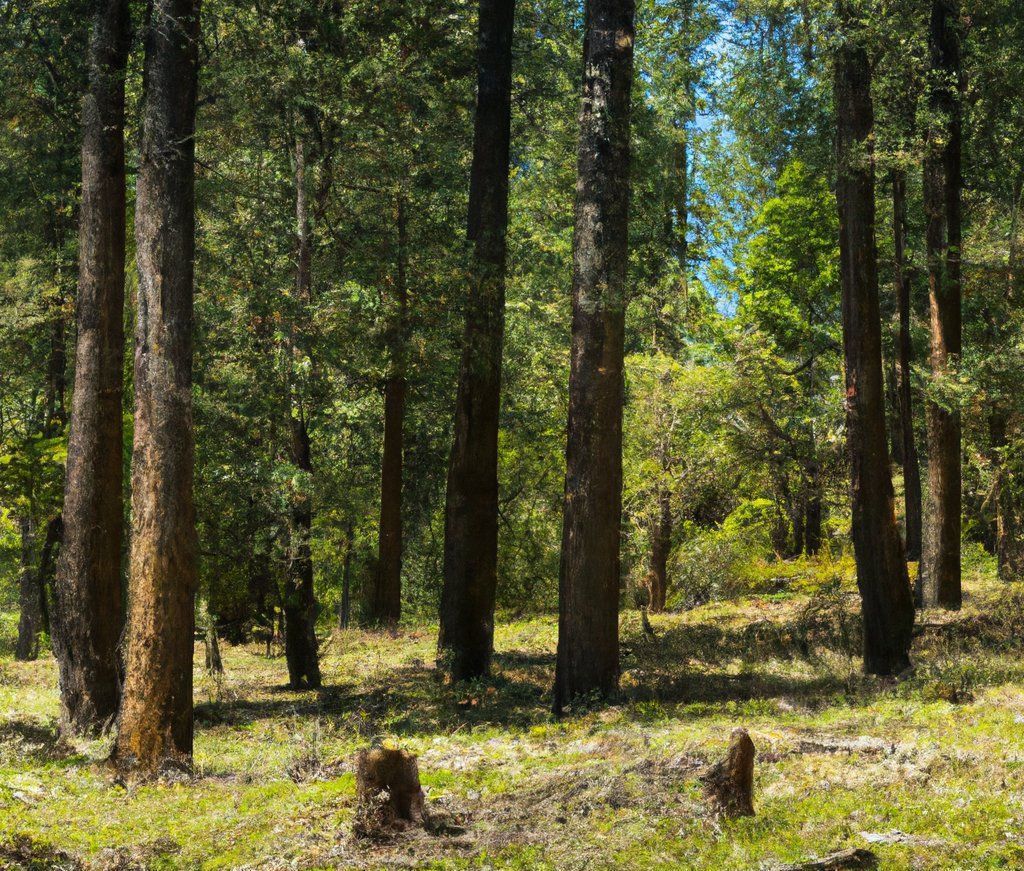Do I Need a Permit to Remove a Tree in California?

Need to remove a tree in California? It's not always cut and dry. Before you do anything, understanding local laws is key. This blog is your go-to guide, clarifying when a permit is needed for tree removal. From safety issues to disease, we cover the essentials. Navigate the rules with ease, and keep your project on the right side of the law. Let's dive in.
Why Do You Need a Permit to Remove a Tree?
In California, the beauty and health of the environment are taken seriously. This commitment extends to trees, which play a vital role in our ecosystem. But why the need for a permit? It's all about balance. Permits ensure that tree removal is justified, balancing property owner needs with environmental conservation.
Safety First
Trees close to collapsing pose a risk. A permit system helps identify these dangers, ensuring public safety and property protection.
Environmental Impact
Removing a tree can disrupt local wildlife and affect air quality. Permits allow for an assessment of environmental impact, safeguarding our natural habitat.
Preserving Beauty
California values its scenic landscapes. Permits help maintain this, ensuring tree removal doesn't strip away our state's beauty.
Local Ordinances
Rules vary by city and county. What's okay in one area might not fly in another. Permits reflect this diversity, tailored to local ecosystems and communities.
Avoid Legal Trouble
Skipping the permit process can lead to hefty fines and legal issues. It's not worth the risk. Getting a permit keeps you in the clear, avoiding unnecessary complications.
In essence, a permit is more than just paperwork. It's a tool for responsible stewardship of our natural resources, ensuring that tree removal is done thoughtfully and safely.
Types of Trees That Usually Require a Permit for Removal
In California, not all trees are treated equally under the law. Some trees, because of their species, size, or location, often require a permit before removal. Understanding which trees commonly fall under this requirement can save you from unintentional legal issues.
Protected Native Trees
California's native trees, like the majestic Coast Live Oak, are often shielded by strict regulations. These trees are integral to the local ecosystem, providing habitats and maintaining biodiversity.
Heritage Trees
Trees that have been designated as heritage trees by a city or county are given special status due to their age, size, or historical significance. Their removal usually requires a permit, as these trees are considered community treasures.
Street and Public Trees
Trees located on public property or within city easements, often referred to as street trees, are under the jurisdiction of local governments. Removing these trees without a permit can lead to significant penalties.
Endangered or Threatened Species
Trees classified as endangered or threatened are protected at both the state and federal levels. Any action involving these trees, including removal, requires careful consideration and often a permit.
Frequently Asked Questions
-
Do I need a permit to trim a tree?
Yes, in many California locales, significant trimming or pruning, especially of protected trees, requires a permit. It's best to check with your local city or county guidelines to understand the specifics.
-
How do I apply for a tree removal permit in California?
The process can vary, but generally, you'll need to submit an application to your local municipal or county environmental or planning department. This application may require an arborist's report, a description of the tree, and the reason for its removal. Fees and required documents differ across jurisdictions.
-
When should I consider hiring an arborist?
If you're dealing with a protected, large, or potentially hazardous tree, consulting a certified arborist can be crucial. They can assess the tree's health, provide necessary documentation for permit applications, and offer guidance on safe removal methods.
-
How long does it take to get a tree removal permit?
Timing varies widely by location. Some permits can be issued within a few days, while others might take weeks or even months, depending on the tree's status and the local government's backlog.
-
Can I appeal a denied tree removal permit application?
Yes, most jurisdictions offer a process for appeal. This might involve presenting additional information, such as a more detailed arborist report or an assessment of property safety concerns, to a planning committee or board.
Conclusion
Navigating tree removal in California requires a careful approach, respecting both the law and the environment. Whether you're dealing with a hazardous tree or making changes to your property, understanding the permit process is key. By familiarizing yourself with the types of trees that typically require permits and following local regulations, you can ensure that your tree removal project is successful and compliant.
Planning to remove a tree in California? Make sure to check your local regulations and consider consulting a professional arborist.
Ready to Enhance Your Landscape?
Experience the difference that over 21 years of dedicated tree care can make. Let Cyrus Tree Service transform your outdoor space into a verdant paradise, enhancing your property's beauty and contributing to Nevada County's rich ecological heritage. From tree trimming and removal to land clearing and storm damage restoration, we have the skills and expertise to meet all your arboricultural needs.
Don't wait! Give your trees the expert care they deserve. Get in touch with us today for a free estimate, and let's grow together, tall and strong. Contact us now and see why we're the preferred choice for tree care in Rough and Ready, Grass Valley, CA, and beyond.
Contact Us
We will get back to you as soon as possible.
Please try again later.

Contact Information
Address:
2036 Nevada City Hwy, Grass Valley, CA 95945, United States of America












